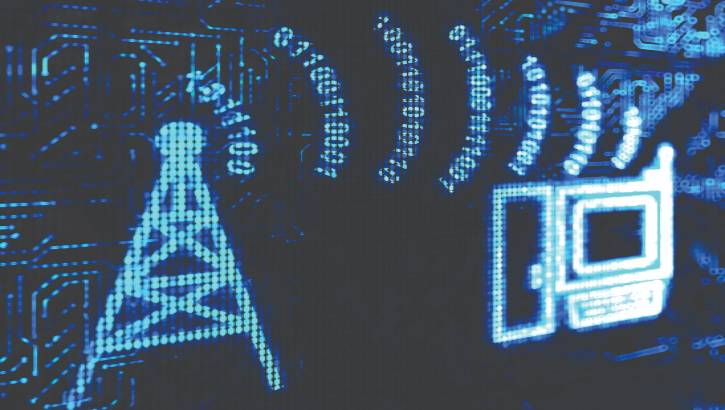A stream of bytes, revisited
In Chapter 3, we discussed how CAN data is initially nothing more than a stream of bytes sent on an electrical transmission line. You then learned how to decode that data into Python objects and store it inside of SQL tables. But to complete this simplified telemetry pipeline, we'll need to revisit the idea of byte-streams to understand how data is transferred from the car to the base-station.

Messages sent over our XBee wireless transmitters are packets of no more than 256 bytes. These messages are not Python objects or SQL tables—they are just bytes. This means that any Python representation of a decoded CAN message must be serialized into a stream of bytes, sent over the radio network, and then deserialized back into a Python object on the receiving end. This is what we have to do in our current pipeline.
But since having you serialize and deserialize Python objects is more trouble than its worth for training, you will adapt your pipeline to simply accept CAN frames (which you already know how to handle as bytes) from the receiving end of the network instead of from a file. Still, you should be aware that (de)serialization is always at play whenever data structures need to be transferred between different environments.